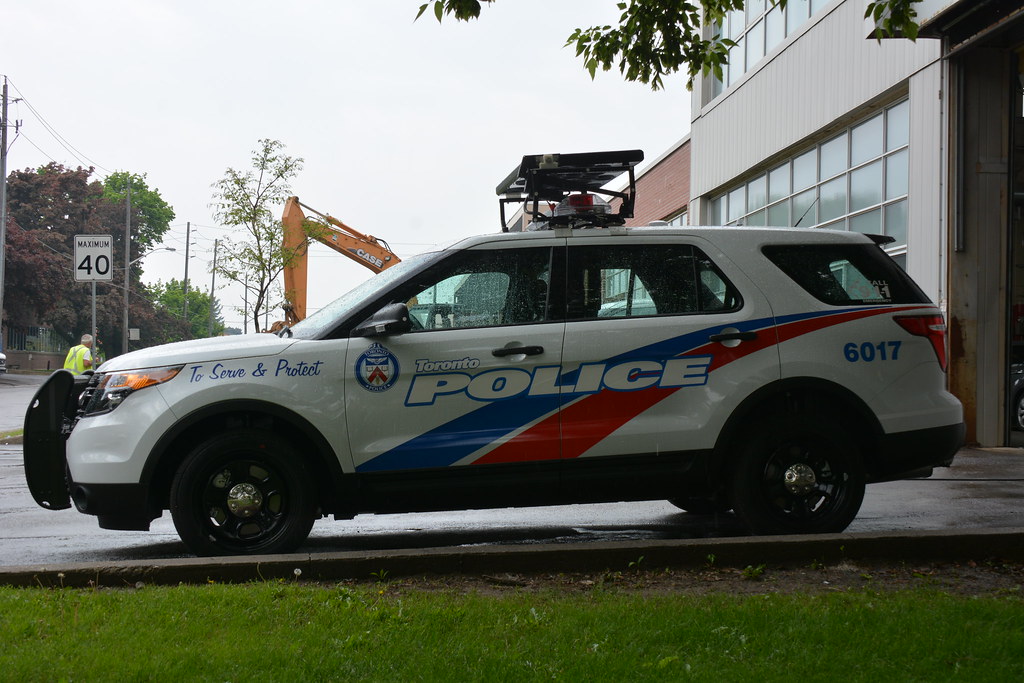Cooking far from home? Canada’s refugees show how in UNHCR cookbook
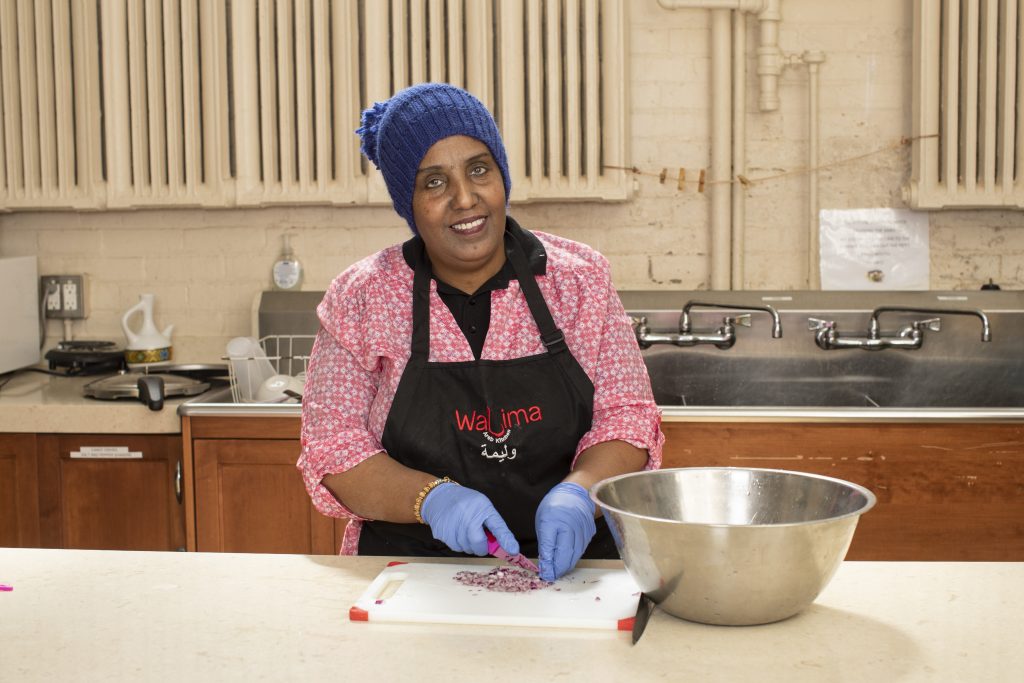
Posted December 24, 2020 12:46 pm.
Last Updated December 24, 2020 12:56 pm.
Yasmen De Leon remembers very little from her journey to Canada as a four-year-old refugee, but the tastes and smells of Mexico still linger in her spirit.
“They connect me to my community, they connect me to my family, they connect me to who I am,” says De Leon, who also owns the Comal Y Canela restaurant in the Jane and Lawrence neighbourhood. “It brings me warmth.”
“My mother grew up in a rural town. She raised her own crops, planted the corn in the ground, harvested the grains. In her generation, they still used the metate, the grinding stone. So there’s a strong connection with food,” said De Leon.“I don’t know what it is, maybe an infant memory, but every time I smell the maize cooking or being ground, or the coffee and cacao beans, or the spices, it does something to me. It evokes a sensation of peace and love.”
Her story of feeling these distinct memories is one of over a dozen featured in “Tastes From Home: Recipes from the Refugee Community”, a free cookbook released to mark 70 years of the United Nations High Commissioner for Refugees (UNHCR) and its work in resettling millions of people displaced from their countries.
It features Canadians based in Ontario, B.C., Nova Scotia and Quebec who bring a world of flavours with them.
For every download of the e-book, a group of anonymous donors agreed to donate to the UNHCR’s mission to end food insecurity for refugees.
In just a week since its launch, the cookbook has 20,000 downloads already, and a nod from Prime Minister Justin Trudeau.
The viral success has prompted those donors to increase their match donation goal to up to $50,000 by the end of the year.
The recipes contained within the pages are a rare treasure, passed down through generations of families that were ripped from their networks, evoking the memories of a home many cannot regain.
For De Leon, sharing the recipe for her tamales carries a lot of significance.
“In Mexican households and the majority of American households, there’s the day-to-day tamales that people eat. Then there’s the more festive tamales, for New Year’s or Christmas, or for celebrations,” said De Leon.
“The more celebratory tamales are extremely labour intensive and they’re time consuming. So making them is usually a family affair” De Leon added. “The family comes together, someone does the grinding, someone does the toasting, and so on. It’s a communal activity, it used to involve whole villages.”
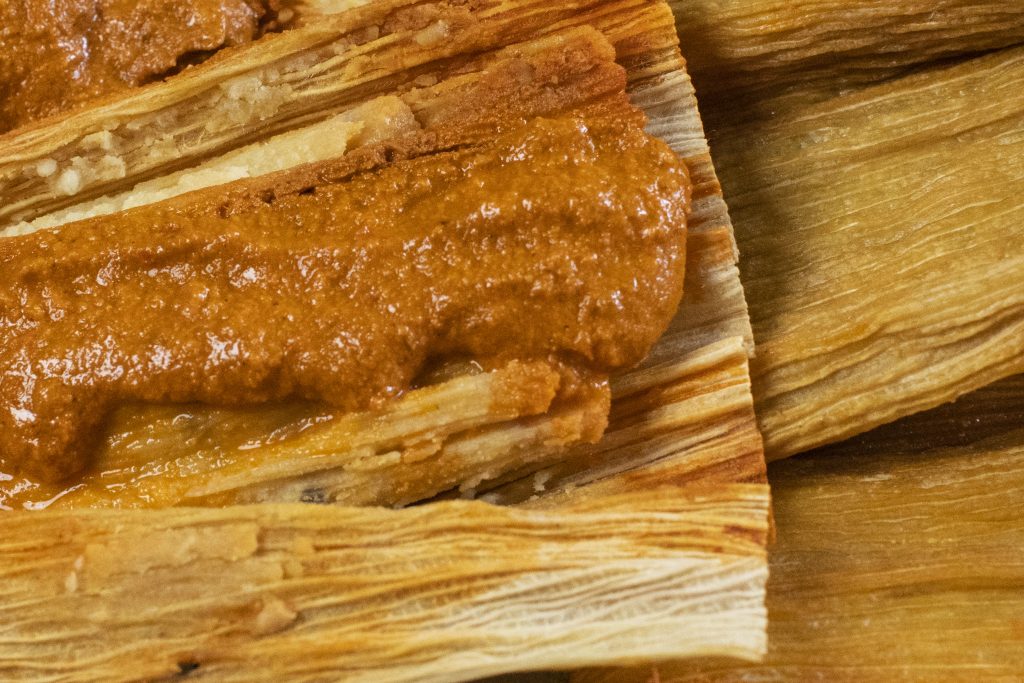
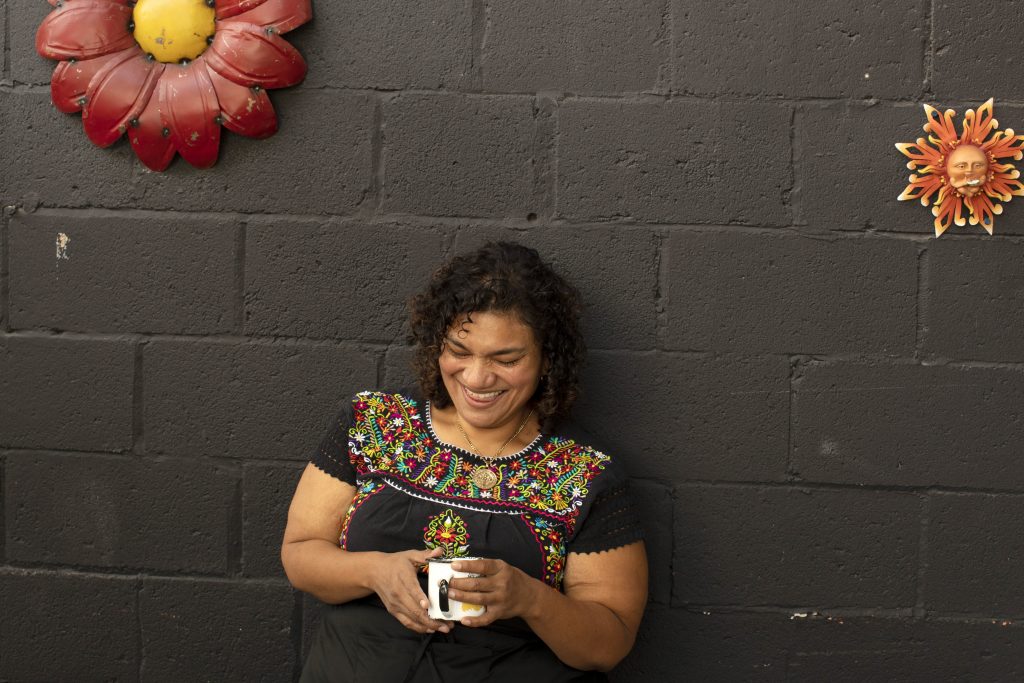
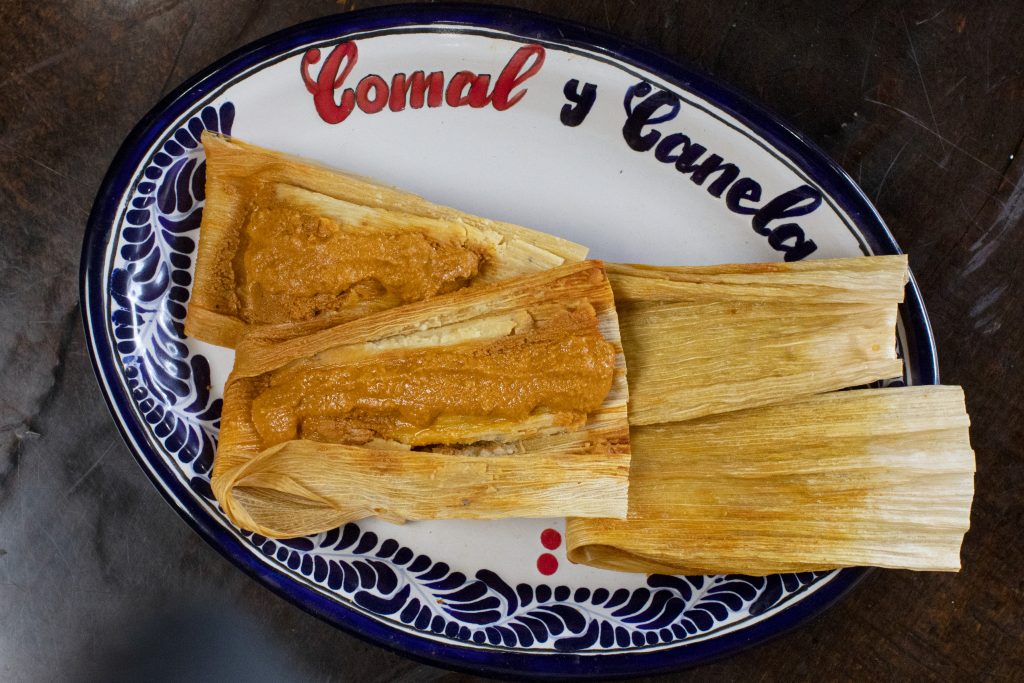
She says they can be particularly significant for a special occasion, as her mother used to save them for her and her siblings to make together on a special day.
“In every region of the world, there’s a version of tamale. All peoples around the world have a dish that involves dough in a leaf, that’s steamed. It’s almost a primordial recipe. The name changes, the ingredients change, but it’s something everyone has in their background from long ago.”
The commonality of food
“Food has a way of bringing people together,” explains Minister Ahmed Hussen, who himself arrived in Canada alone as a teenaged refugee in 1994 from Mogadishu, Somalia. “Particularly for refugees, they bring these dishes here in their mind, and cooking them in this new land and place of refuge is a way to reconnect with their past, and feel safe and feel whole again.”
“For these refugees, as well as for me, making these dishes isn’t just making dishes. It’s going back in time,” added Hussen
The Minister of Families, Children and Social Development shared some of his own recipes in the cookbook – including grilled swordfish and garlic-butter scallops – memories of time spent in his coastal hometown having seafood dinners with his family.
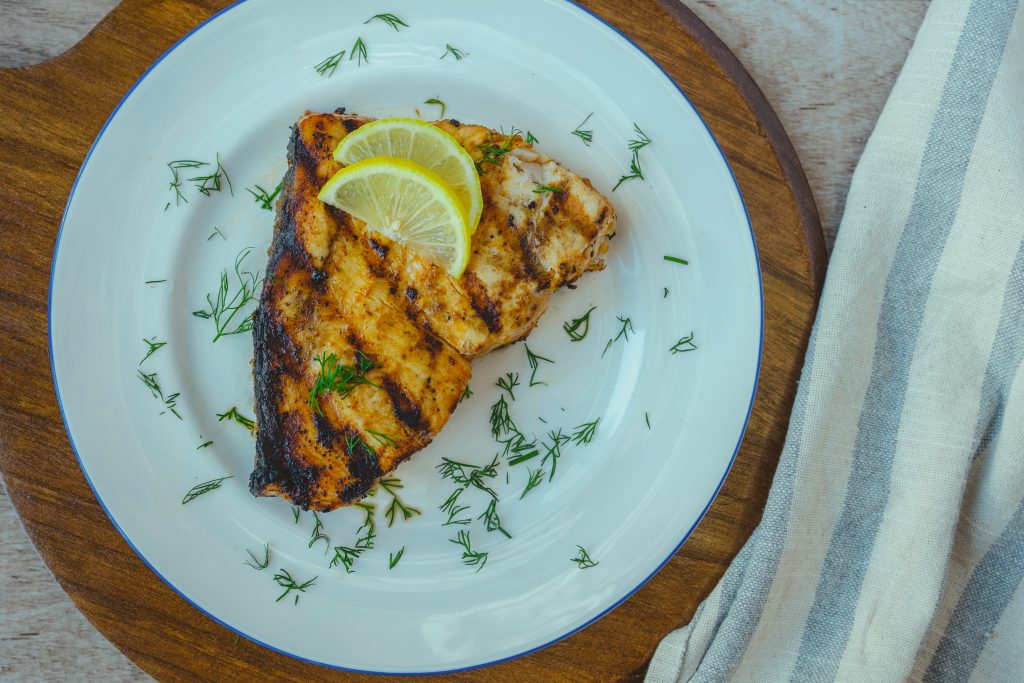
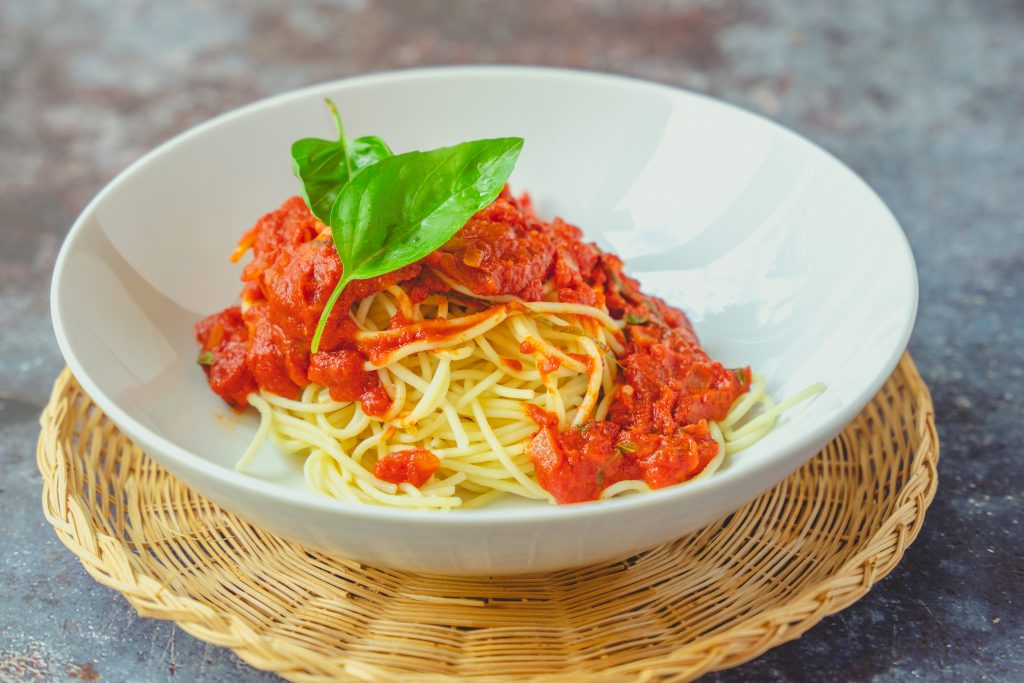
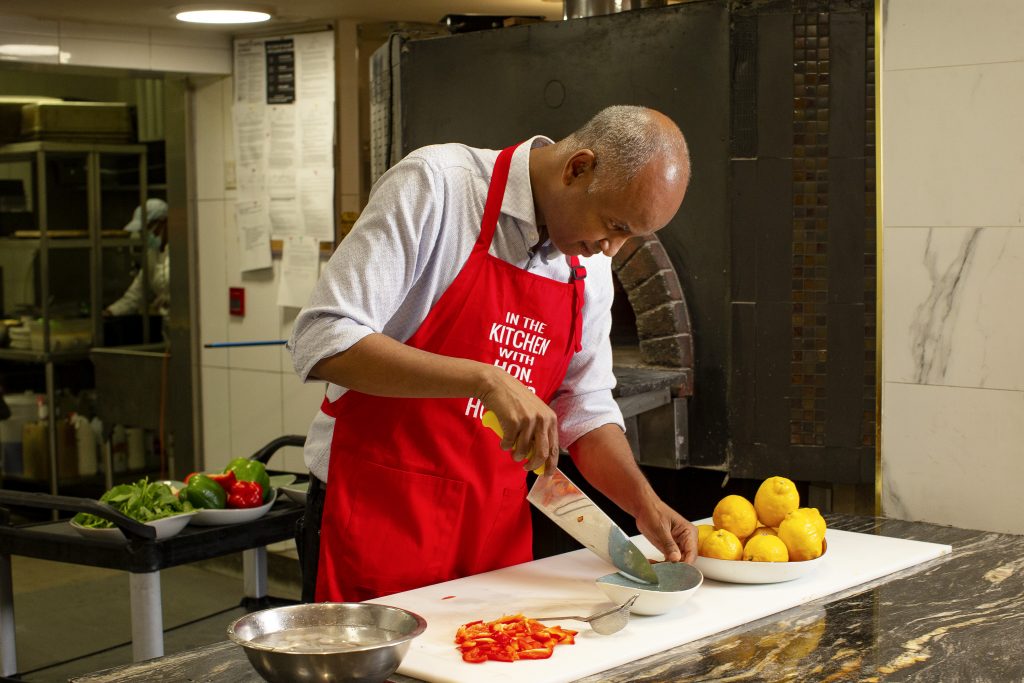
The European influence on Somali cuisine is particularly symbolic to Minister Hussen, saying it made up some of the first things he learned to cook on his own, with pasta readily available when he arrived here. He says the recipes still evoke the freshness of the Indian Ocean, his childhood and the spices he left behind.
“Coming to Canada, I missed all the different kinds of food I grew up with. There’s a fruit with white flesh called Guanana that I haven’t had since I was a child. There’s a type of banana that only grows in Somalia,” said Hussen. “Particular dishes that my mum used to cook still remind me of home. I miss those things.”
Minister Hussen says like many other refugees, he too found hope and belonging in Canadian generosity, the first instance of which became obvious on his second day in the country.
“I was trying to send a letter to my mother, and I was trying to use a mailbox. I’d never seen one before so I was struggling with this in the middle of a very severe snowstorm. A mother who was pushing her baby in the stroller, left her stroller, came to me and helped me put the letter in,” Hussen remembered.
The cookbook was a particularly significant project for the Minister to be involved in, where he shares space with Hon. Adrienne Clarkson, former Governor General of Canada who is also a refugee from Hong Kong.
“These things don’t happen in other parts of the world. Where a former refugee becomes the Queen’s representative in Canada and another becomes a cabinet minister responsible for immigration and refugees,” said Hussen. “It’s not a reflection of me and Mme Clarkson, it’s a reflection of Canada and Canadians. They’ve been kind and generous and welcoming to newcomers, and Canada has benefited greatly.”
He says the project’s ability to humanize its participants was a call he related to from not only his own experience in the system, but also in his time as a lawyer and Immigration Minister.
“Refugees around the world are seen as passive recipients of aid. They’re mistakenly viewed as being monolithic. This cookbook is another example of how refugees are no different from all of us,” said Hussen.
“They’re just regular people – and the only thing that differentiates them from everyone else is that they had the involuntary displacement they experienced. No one wants to leave their home, their networks, their friends and their communities, or the familiar environments that they grew up in, but they’re forced to leave.”
He says the true beauty of refugees who become Canadians is that they go beyond just integrating, but contribute to their communities. The cookbook is just one way of illustrating this richness.
“It shows humanity, diversity, the different perspectives and homelands they came from, and the complexity of their stories which I think most people aren’t aware of,” said Hussen. “The UNHCR does an amazing job, despite funding shortfalls, to do what they are best at – which is to help these refugees around the world.”
A history of refuge
Canada has a storied history of providing refuge to those fleeing persecution, from thousands of Black Loyalists who arrived in 1776, to the thousands of survivors of war and violence in the Middle East and Asia over the last five years.
It was the strength of this tradition that combined the fates of Dhekra Ameen, a young mother originally from Yemen, and Amina Abdulrahim, a grandmother originally from Eritrea.
They both arrived in Toronto from Saudi Arabia and found comfort at Toronto’s Arab Community Centre – which ran a program called the Walima Arab Kitchen, empowering newcomers to learn English and life skills while cooking together.
For Amina, it meant showcasing her Zigni, a chicken stew made with onions and tomatoes, and often eaten with Injera bread, made of fermented grain flour. She says it brings back memories of feeding her children with the spices available to her.
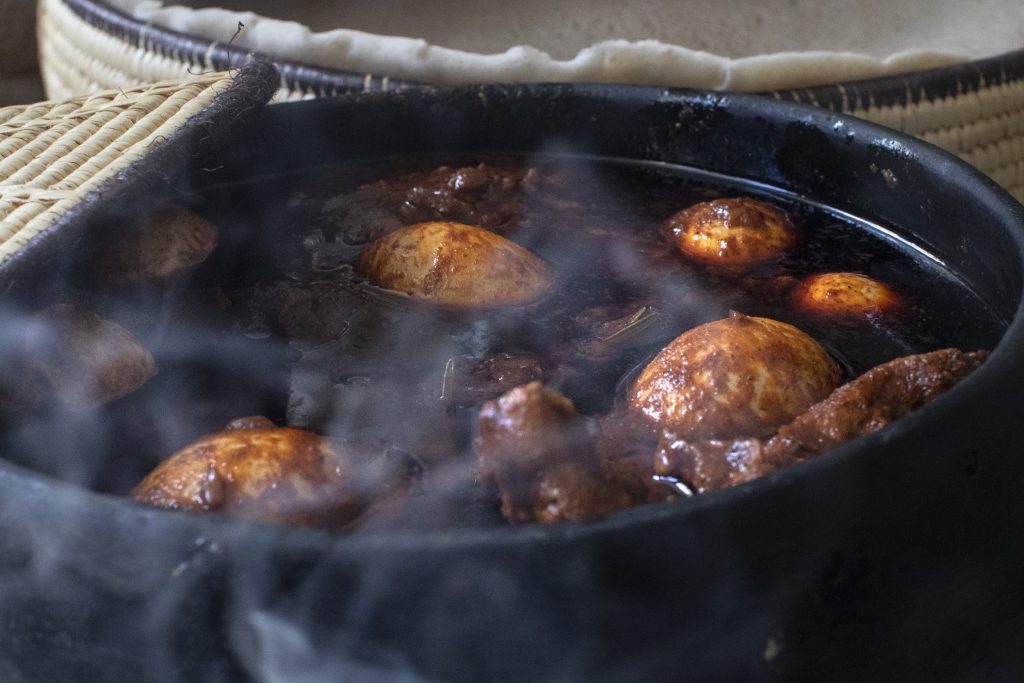
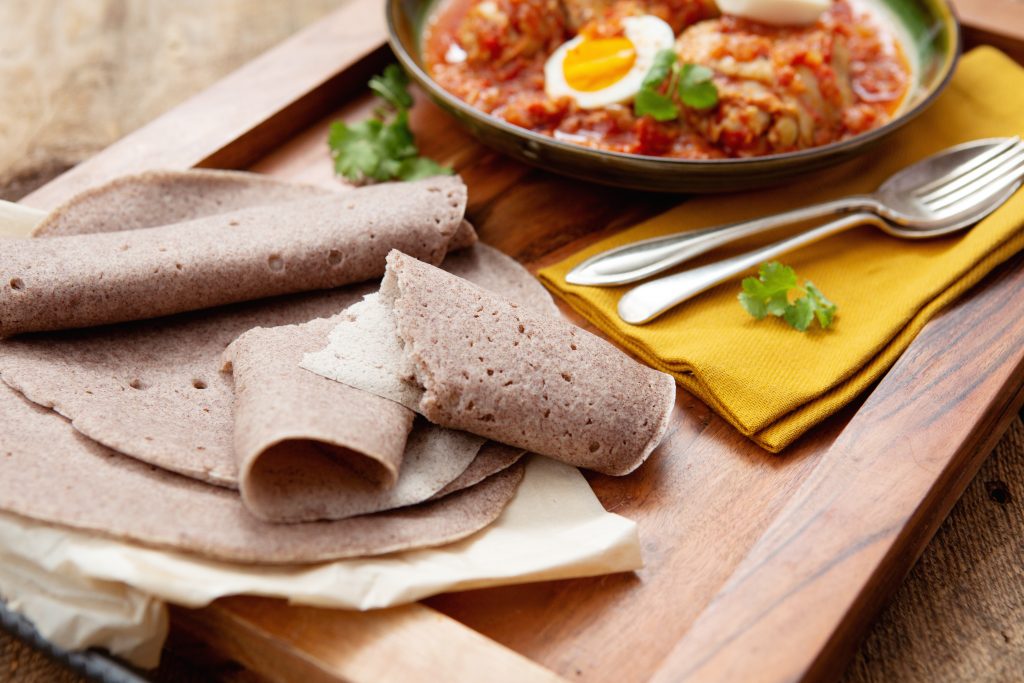
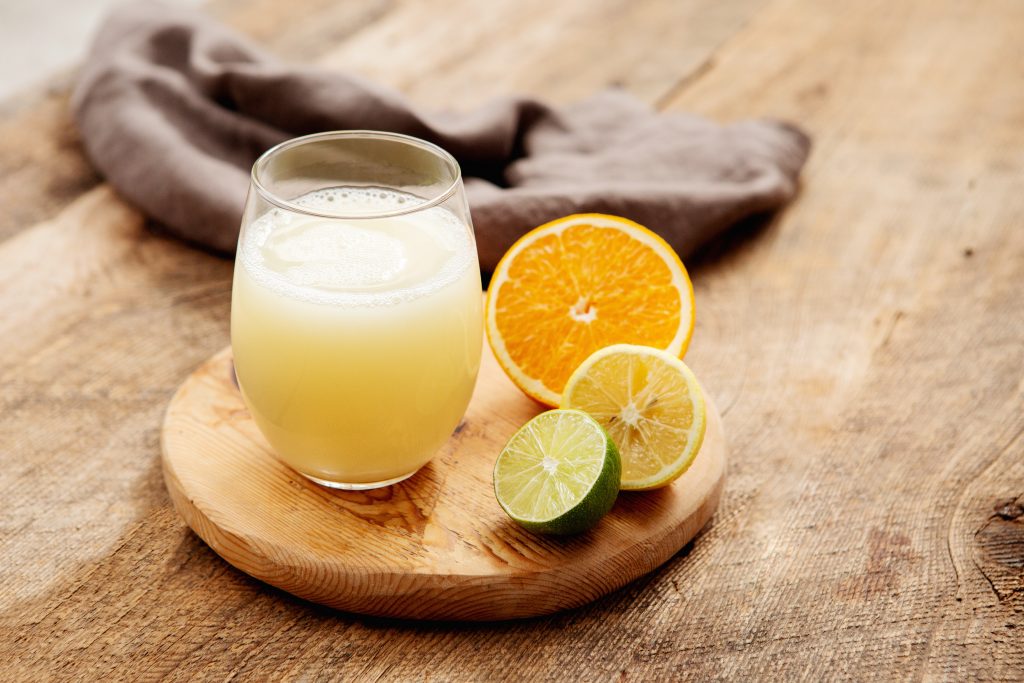
“We prepare it when it comes to big celebrations, with kids, and we can use it during the week, especially on a Friday with the family,” she says in Arabic with the help of a translator. She remembers making it at weddings and graduations, when she was a nurse practitioner in Eritrea, before fleeing to Sudan during the border unrest with Ethiopia and growing civil war in her country.
Now she stays at home while helping with the Arab Community Centre, with her two grown sons.
Lodi Awad, project coordinator for Walima Arab Kitchen, says it is an “economic, psychosocial support program for women empowerment.” For many women in the program, it becomes their biggest support, which is still continuing over Zoom during COVID-19 restrictions.
That’s true for Ameen as well, who chose to make Zurbian, with rice, potatoes and lambs, and Bint Al Shan, a honey cake. The rich dishes come with memories of her parents and siblings and the many friends she had to leave it behind.
“Those recipes are very famous in South Yemen. I chose them because we make them when we get together with family, and we served them on my wedding day, so I still remember that moment,” she says with a laugh. Ameen now lives with her husband and young daughter in Toronto, and is expecting her next child while studying for a degree.
Finding the ingredients to make these dishes is not a challenge, she says, but the one ingredient she misses most is family.
“Sharing food for us back home is a great social value. Food reflects culture and great values. That’s our way to welcome and connect with people – here as well,” says Awad.
“The cookbook was an opportunity for us to feature our ladies Dhekra and Amina (on behalf of the program), and we’re so proud of them.”
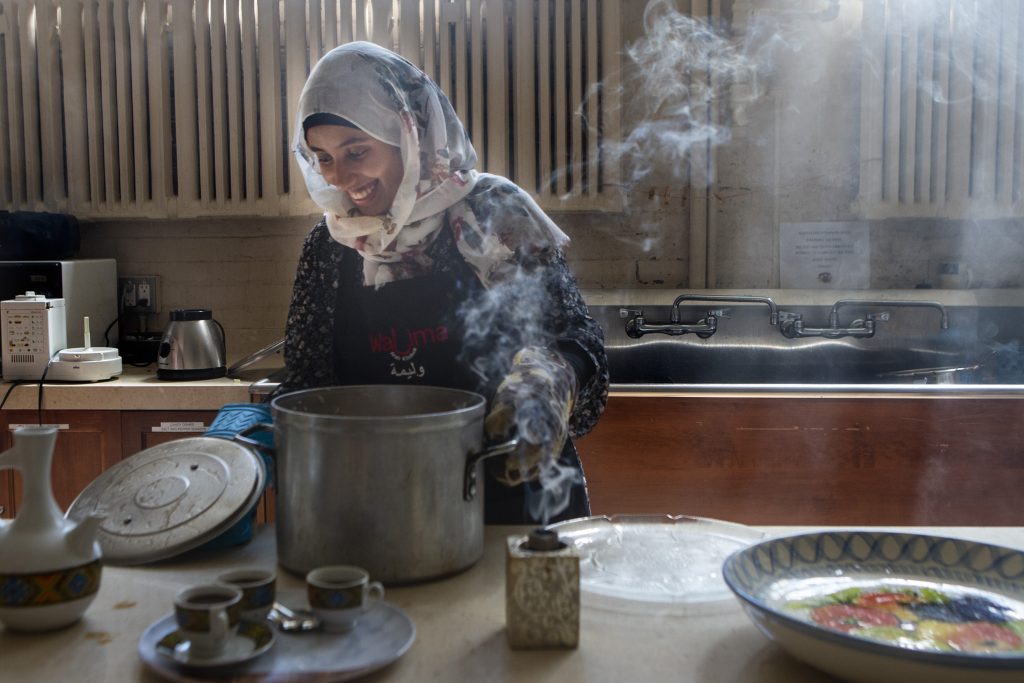
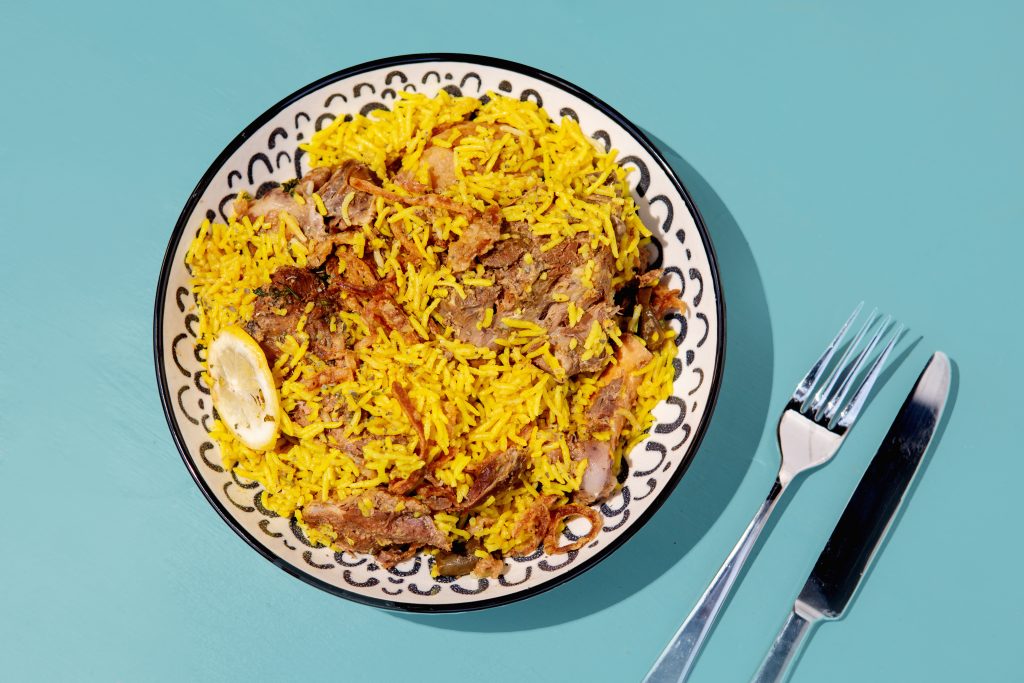
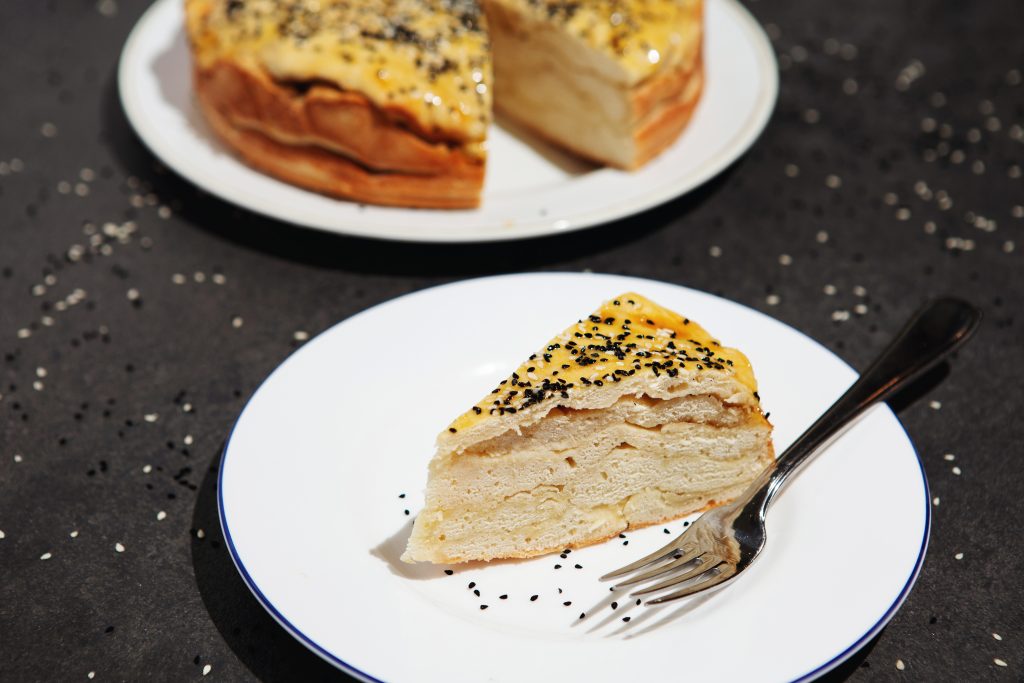
Giving back in hard times
De Leon knew COVID-19 would change needs as well. So while business slowed down when indoor dining was impacted by the lockdown in the city, she knew there was work still to be done.
Her restaurant now serves hundreds as a food bank, as she packs up ingredients for those in need every week. Dozens line up each day to partake in her generosity, and the need only grows as the pandemic goes on.
But she sees it as a need, having been through rough times herself.
“I was so poor once that all I had to eat was spaghetti and butter. When I went to the food bank to get food for my brother and sister, all humanity had been stripped from me. I was in desperation.” she says. The experience of being “dehumanized” by need isn’t new to her, and she wants to make sure no one feels what she felt.
“Canada has been very good to my family. Because Canada was so welcoming, because Canadians were so kind to me, that was my first step in becoming who I am today,” said De Leon. “It took me to the next step of welcoming others and lending a helping hand. It helped build that desire in me to extend kindness to others.”
De Leon thinks back to the time she crossed over the U.S. border on foot with her family, in freezing conditions, wearing all the clothes she owned and still not feeling warmth. She remembers seeing a man shot in front of her, and being offered his bloodied jacket as an added layer of warmth.
She hopes Canadians see her story, as well as everyone else’s, and realizes what they are doing isn’t just overcoming her beginnings, but also learning from them.
“I really hope that people are able to look beyond their perceived idea of what a refugee is. Sometimes there are negative connotations behind the word refugee. They think it’s a person coming here for a handout. Or they’re here to live off the system, and they think they’re not going to give anything back to society. Often, people think we’re damaged, because we’ve lived through horrific experiences or we’ve been forced to do horrific things,” said De Leon.
“I think it’s important for people to realize that the people who go through these experiences are sometimes the most empathetic or are more willing to help and give back to society, because we have seen the most negative aspects of humanity and we want to create more positivity. We know the dark side, we want light.”



